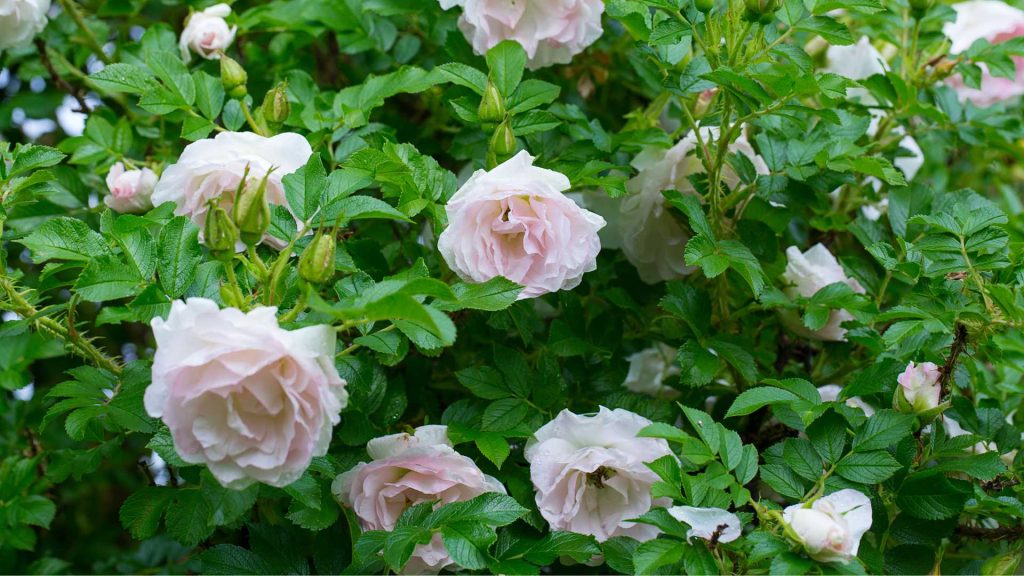When learning how to grow roses, things can become overwhelming. Information is so readily available, that it is normal to find yourself drowning in facts on how best to care for your rose garden.
With such a surplus of information and many guides clearly aimed at the well-seasoned gardener, you may be thinking it is just not that easy to grow roses. Well, we’re here to help put your worries to bed and say it can be extraordinarily easy to grow roses if you follow the basic tips laid out in this article.
This beginner-level, back to basics guide on how to grow roses will help you understand the various ways you can bring your rose garden to life.
In truth, growing roses is as simple as any other flowering shrub. Starting with the basics is a great way to learn not only how to grow roses but which are the best roses to grow.
Below are some helpful insights so you can figure out which growing method is right for you.
Choosing the Right Roses for Your Garden
There are many different types of roses, each with its own unique characteristics and requirements. Three of the most common types of roses are:
Hybrid tea Roses

Hybrid tea roses are among the most popular types of roses, and are known for their long stems and large, showy blooms. They are often used in bouquets and are available in a wide range of colors.
Floribunda Roses
Floribunda roses are a type of hybrid tea rose that are known for their clusters of small to medium-sized blooms. They are a great choice for gardeners who want to add color and fragrance to their outdoor space.
Climbing Roses
Climbing roses are a type of rose that are perfect for growing on trellises, arbors, and fences. They have long canes that can grow up to 20 feet or more, and are covered in clusters of blooms that come in a variety of colors.
How To Grow Roses From Cuttings
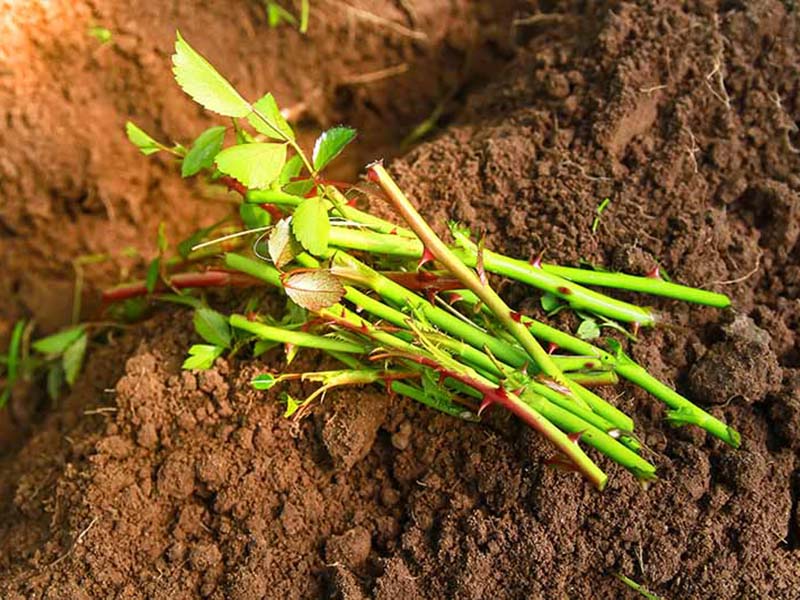
Growing roses from cuttings is a common way to propagate your favorite rose bush. When learning how to grow roses from cuttings, there are a few essential steps to encouraging successful growth.
- Take a 12-inch cutting at a 45-degree angle.
- Remove all but the top two sets of leaves.
- Crosscut the bottom of the cutting and plant the cutting in a container. (Yes, I know you were
- wondering ‘can roses grow in pots?’ Well… Absolutely!)
How To Grow Roses From Seeds
Contrary to growing roses from cuttings, when learning how to grow roses from seeds, there are many steps involved and the success rate is surprisingly low. The following steps will help when using shop-bought seeds.
- Fill a small container with a sterile seed starting mix.
- Plant ‘sprout down’ and cover with soil.
- Care for your seedlings as you would mature plants.
Now you’ve made your decision on how to start your rose growing journey, it’s time to establish a good care routine.
Preparing the Garden Bed
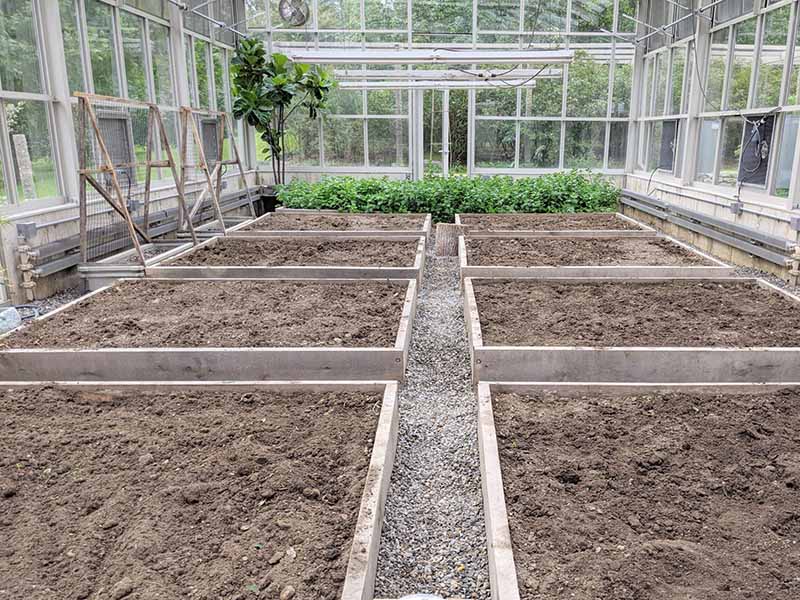
Understanding the soil requirements for roses
One of the most important factors in growing healthy roses is the type of soil in your garden. Roses prefer well-draining soil that is rich in organic matter. Additionally, the pH level of the soil is also important, as roses prefer soil with a pH between 6.0 and 7.0.
Preparing the soil for planting
To prepare the soil for planting roses, it’s important to add compost or organic matter to the soil to improve its fertility and structure. Additionally, it’s a good idea to add a balanced fertilizer to the soil before planting to provide the necessary nutrients for the roses to thrive. If necessary, it’s also a good idea to amend the soil with lime to adjust the pH level to the desired range.
Choosing the right location for planting
When choosing the location for planting roses, it’s important to consider the sun exposure, as roses need at least 6 hours of direct sunlight per day. Additionally, it’s important to consider the location of other plants in your garden, as roses need good air circulation to prevent the buildup of fungal diseases.
Planting Your Roses
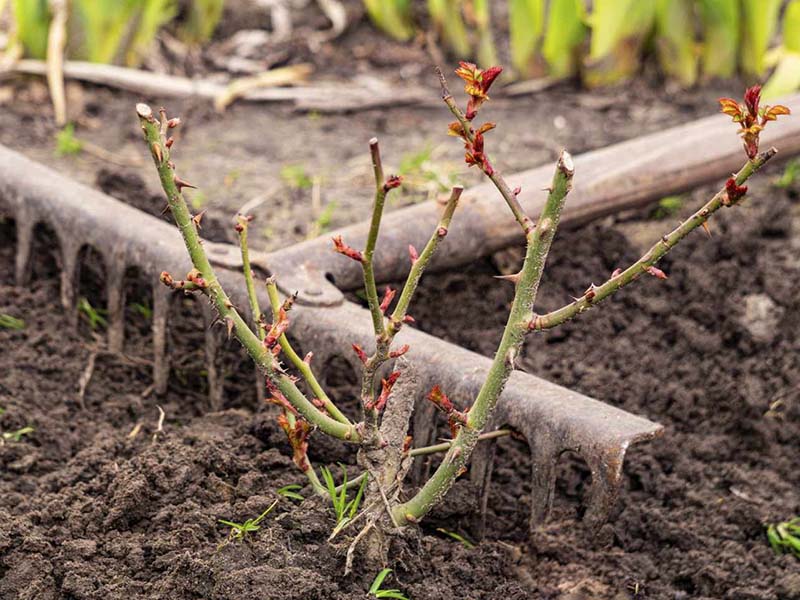
When to plant roses
The best time to plant roses depends on the climate in your area. In general, roses should be planted in the spring or fall, when the weather is cooler and the soil is easier to work with. Avoid planting roses in the summer, when the heat can stress the plants and make it more difficult for them to establish roots.
How to plant roses
When planting roses, it’s important to dig a hole that is large enough to accommodate the root system of the plant. Make sure to loosen the soil at the bottom of the hole to encourage good root growth. Place the rose in the hole, making sure to spread the roots out evenly. Fill the hole with soil, and water the plant thoroughly to help settle the soil and eliminate any air pockets.
Caring for Your Roses
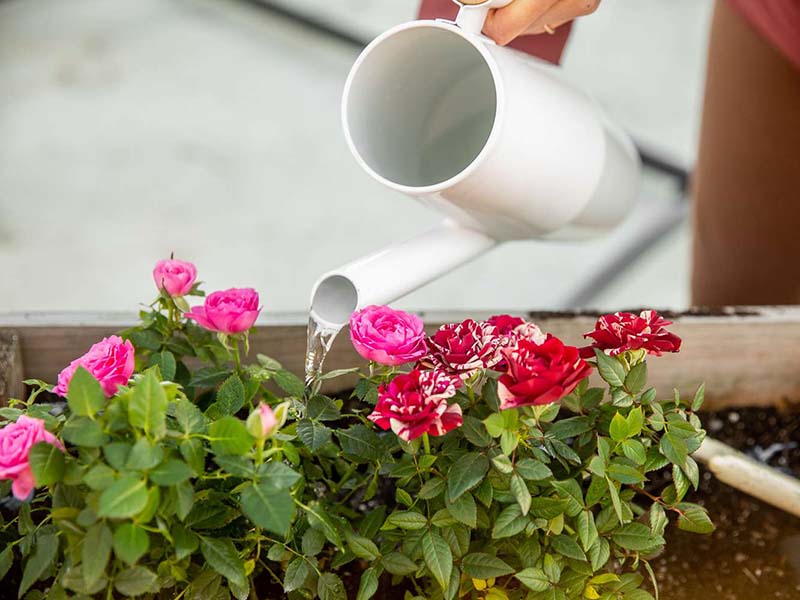
Watering your roses
One of the most important aspects of caring for your roses is watering. Roses need to be watered regularly to keep the soil moist, but not waterlogged. The frequency of watering will depend on the climate and the soil type in your garden, but in general, roses should be watered once or twice per week, depending on the weather.
Fertilizing your roses
Roses need to be fertilized regularly to ensure that they have the necessary nutrients to grow and bloom. A balanced fertilizer, such as a 10-10-10 or an 8-8-8, is a good choice for roses. Apply fertilizer in the spring and again in mid-summer, following the manufacturer’s instructions for the specific fertilizer you are using.
Pruning your roses
Pruning is an important aspect of caring for roses, as it helps to encourage new growth, promote better blooms, and prevent the buildup of diseases. Pruning should be done in the spring, before the new growth begins, and again in the summer, after the first flush of blooms has faded. To prune roses, simply remove any dead, diseased, or damaged wood, and cut back the canes to a healthy bud.
Conclusion
With so many rose varieties out there, choosing the best roses to grow can seem daunting. Maybe you have your eye set on Wild Roses or perhaps, Modern Roses? Or maybe, like us, you are drawn to Miniature Roses – the hardy offspring of Old Garden Roses mutated into miniature and now selectively bred to stay small.
Thankfully, size is one of the few differences when it comes to growing and caring for your miniature roses. So, much like your average-sized rose, it’s no surprise we recommend planting miniature roses outside. They are a magnificent addition to your flower beds and are particularly weather-resistant.
Understanding that you won’t always have successful growth is a vital part of rose gardening. Whilst our guide can surely provide you with the necessary basics, it is certainly not exhaustive so plenty of research is key for a flourishing bloom.


